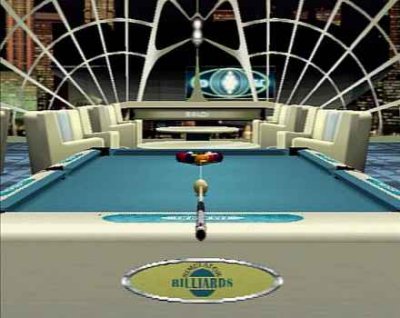

Although they are closely related and have even evolved from one another, they are distinctly types of cue sports.Interior view of billiard hall, Toledo, Ohio The main difference is the size of the table and the number of balls used in the game. Conclusionīilliards, pool, and snooker are three different games that are all played on a cloth covered table.

Once all the red balls have been pocketed, you can then begin to pocket the remaining object balls in a specific order. The main goal of snooker is to score more points than your opponent by pocketing red balls and object balls (alternating). As if to make things more complicated, Europeans prefer 6 x 10 snooker tables while Americans prefer smaller 5 x 10 tables. Snooker is different from billiards and pool because there are three balls that can be used as a striker to hit other balls whereas you can only hit the white cue ball in the former. In snooker, the yellow, brown, blue, pink, black, and green are referred to as object balls. There are 15 red, 1 yellow, 1 brown, 1 blue, 1 pink, 1 black, and 1 green.
#Q billiards plus#
Snooker uses 21 balls (measuring 2 1/8”) plus an additional white cue ball. They also have a wooden pin joint and a small tip. Billiard cue sticks are smaller but have a thicker butt and a shorter ferrule that makes the stick taper faster. Cue Stick – Pool cues are longer and have a thinner shaft.Cloth – The cloth on a pool table makes the balls travel slower.Billiards uses 3 balls that are larger than pool balls. Balls – Pool uses anywhere from 9-15 object balls depending on which game you’re playing.Table Size – Pool tables are at least 3.5’ x 7’ while billiards tables are much larger with a minimum size of 5’ x 10’.Pool balls are a standard 2 1/4” in diameter. The cloth on a pool table is much slower than a billiard table. Within the sub-category of pool there are many different types of pool including 8 ball (most popular), 9 ball, straight pool, and one pocket pool. Out of this, the pool table received its name. Gamblers would play casually while they waited on the results of the real game. In order to make poolrooms appear to be less suspicious, poolrooms often had pocketed billiard tables. “Pool” is a short for “poolrooms.”īack in the 18th century, gamblers came to poolrooms to bet on horse races which was illegal back then. Pocketed billiards was the original term used for the game. The term “pool” is used to refer to billiards games that use pockets (pocket billiards). PoolĪs stated above, pool is a type of billiards game. Billiards is divided into 3 sub-categories pocket billiards or “pool,” carom billiards, and snooker.įun Fact: The word “billiard” originated from the French word “billart” which means “mace.” The mace was an object that was used before the modern day cue stick. Billiards is a type of game with many others falling within this category, collectively called “cue sports.” Cue sports, or billiards, include all sports that are played with a cue stick and billiarded balls on top of a cloth covered table with leather (or rubber) borders. Snooker is played with 15 pink numberless balls, 6 numbered object balls, and 1 cue ball.īilliards is a family of games that are played on a table with pockets and a cue stick. Snooker tables are larger than pool tables but the pockets are smaller than a pool tables’. Snooker – played on a table that has 6 pockets.The number of balls depends on the type of pool you’re playing. Pool – played on a table with 6 pockets with 9 to 15 object balls plus an additional cue ball.One red ball, one white ball with a spot, and one white ball without a spot. Billiards – played on a table that has no pockets and uses 3 balls.Have we confused you yet? Here’s a quick breakdown of the differences between billiards, pool, and snooker.ĭifferences between Billiards, Pool, & Snooker: Some people use the term billiards and pool interchangeably. Billiards, pool, and snooker appear to be very similar but the three vary based on the number of balls, pockets, table size, cue stick size, and several other factors.


 0 kommentar(er)
0 kommentar(er)
